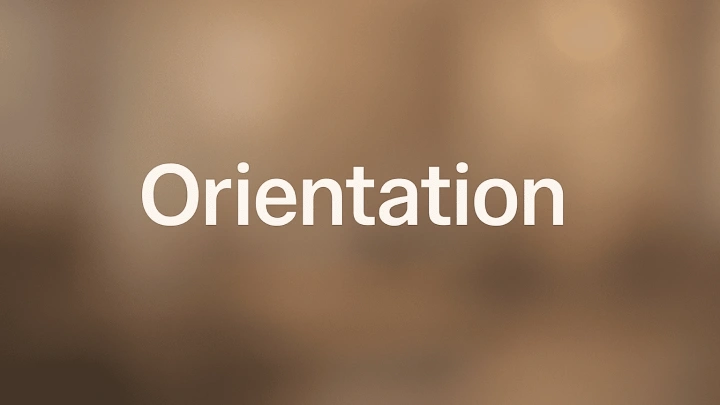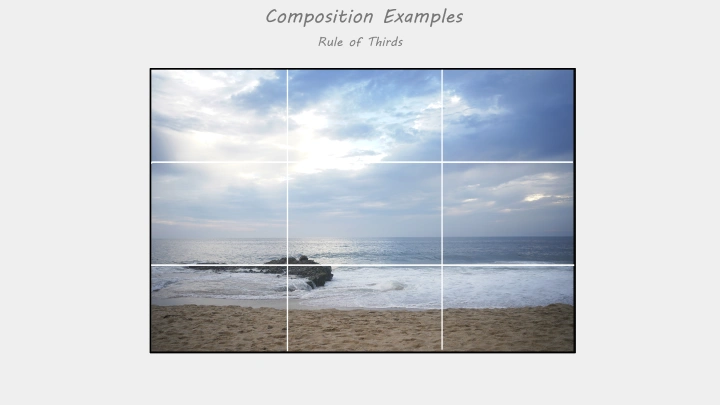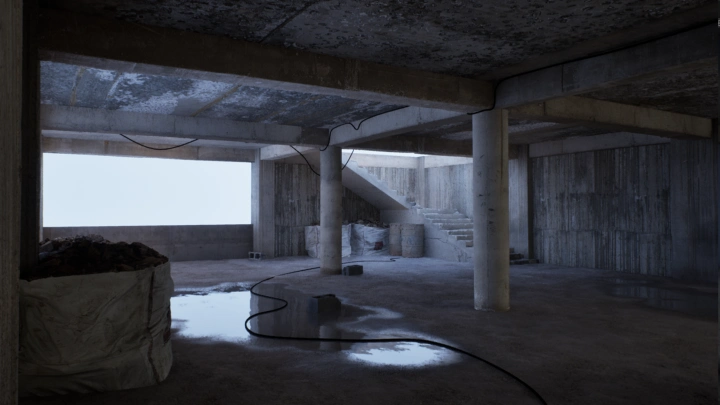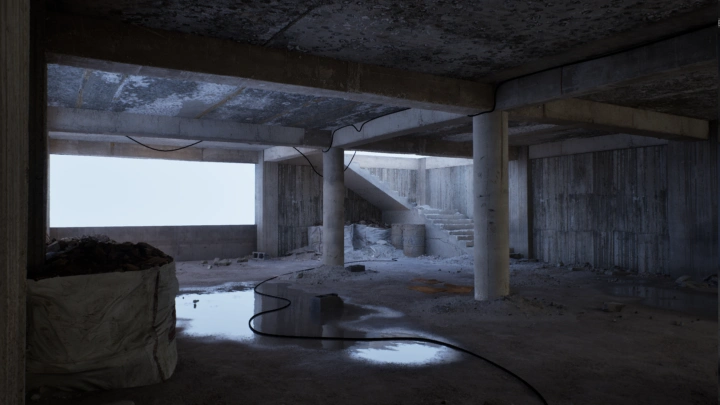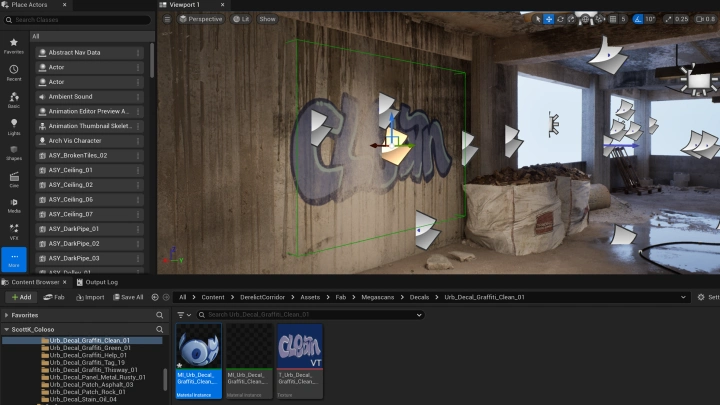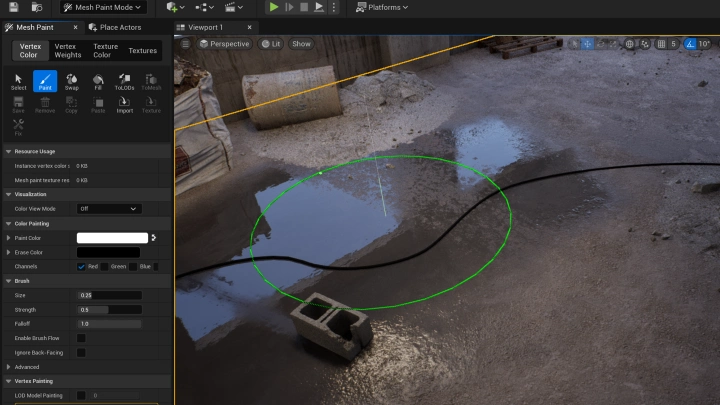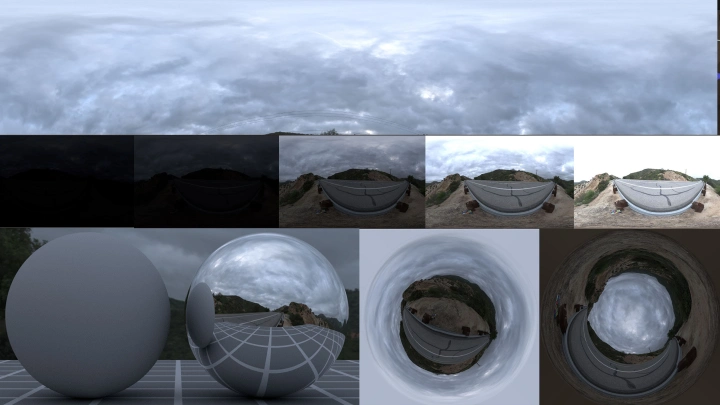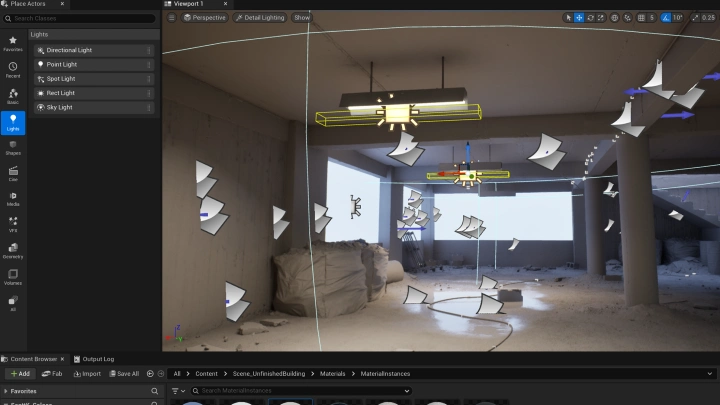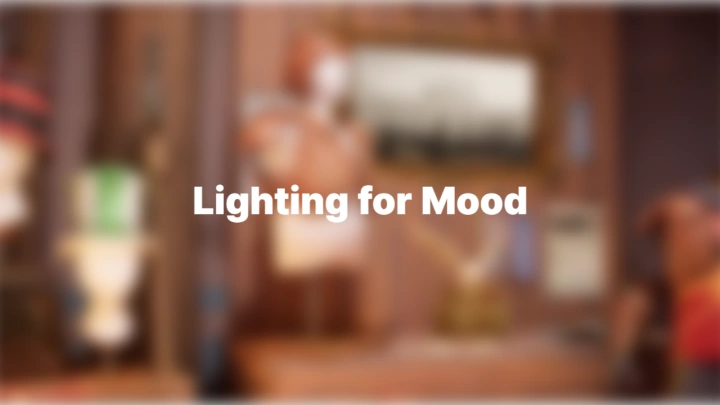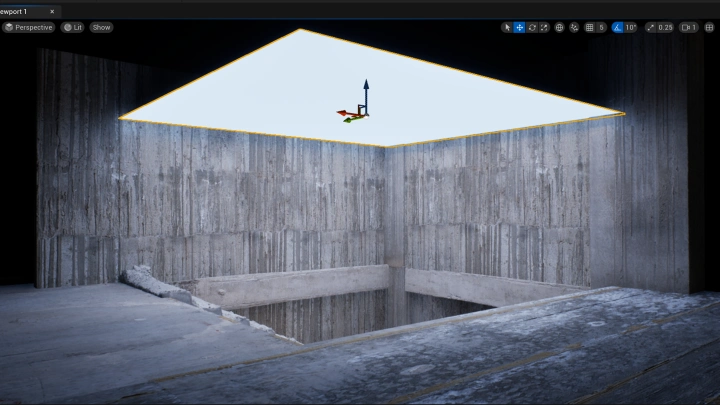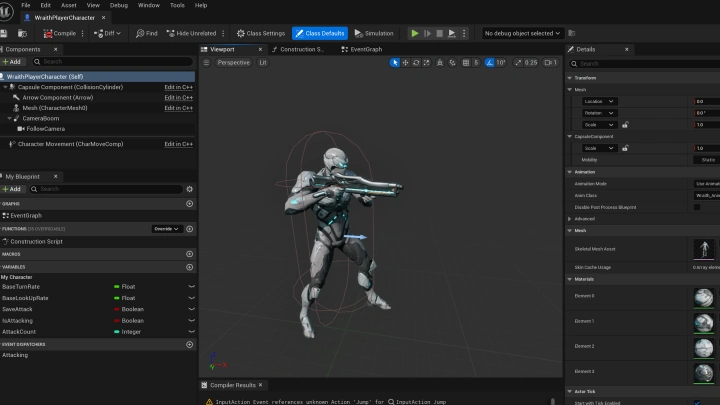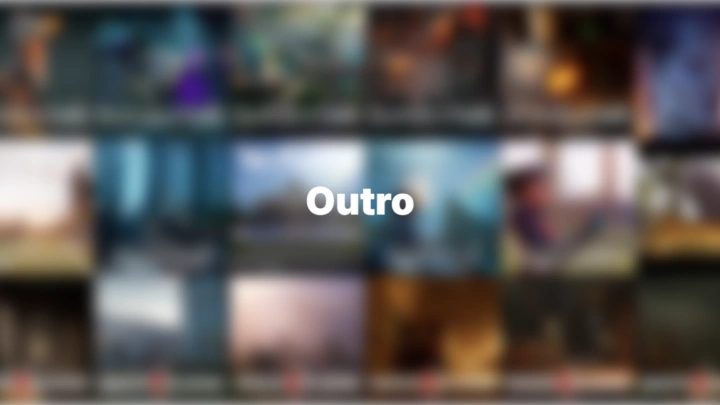[Course]3dartist,scottknapp Details
- Section 01
OT
01. Orientation- Meet your instructor and learn about the overview of this class - Workspace setting (mainly tools & softwares)
- Section 02
Review Fundamentals
02. Composition- Show various examples of strong composition and how it can help guide your eye and support a scene
03. Value, Contrast, Color- How to use value, contrast, and color to direct a viewer's eye and create interest
04. Materials/Lighting - Learn material and lighting basics - Discuss color temperature - Discuss reflection, refraction, scattering, and how materials respond to light
05. Mood/Tone- Go over various examples of mood and tone and how they can be used as tools to evoke certain emotions from players
- Section 03
Scene Planning
06. Importance of Reference- Highlighting the value of references in supporting believability - Exploring how references can inspire mood, composition and story - Offering guidance on selecting the most effective references - Explaining how to gather references to match a specific project’s needs
07. Create a Reference Board- Create a reference board - This should include reference for mood/tone, color, composition, lighting, and similar scenes - Students should have their own board with reference they want to use for their project
08. Create a Simple Sketch Off Reference- Do a couple loose thumbnail sketches to get an idea of what the space should be - Establish points of interest and areas of visual rest - Overall composition, leading lines, and visual hierarchy established
09. Planning a Mood and Story- Think about a simple narrative or gameplay objective you would want a player to notice - Establish a mood/tone to help support the narrative or objective
10. Block Out Your Environment - Blocking out your environment with basic geometry - Framing your camera early
- Section 04
World Building
11. Kitbashing Techniques- Use the Fab market to add free assets to your project
12. Focus on Main Structures - Use Megascans pieces to refine your blockout - This stage is for floors, walls, ceilings, doors, and other large main structural pieces - Help establish scale at an early stage
13. Set Dressing 1st Pass- Use various megascans kit pieces to help set dress and tell a story
- Section 05
Look Development and Material Polish
14. Creating Material Consistency Across Assets- Make sure various kit pieces feel like they belong in the same universe and art style - Learn to evaluate albedo and roughness in Photoshop and Substance Painter - Make texture adjustments where needed to help unify the scene and guide the eye
15. Vertex Painting and Blending- Use vertex painting with blend materials to help support the scene - Add puddles, dirt, and damage in areas to craft detail in areas that help the scene
16. Using Decals- Create custom decals and use them in your scene for additional detail
- Section 06
Lighting Fundamentals in UE5
17. Understanding Light Types: Directional, Point, Spot, Rect, Sky- Go over light mobility (Static, Stationary, Movable) - Discuss different light types within Unreal and best practices
18. Real-Time vs Baked Lighting- Discuss Lumen, Raytracing, and Lightmass - Talk about use cases for both - Show tips for lightmaps and packing
19. Skylight, Reflection Capture, and Lightmass Importance- Discuss how volumetric lightmaps work - How static vs dynamic actors are affected - Show reflection capture examples
20. Creating Your Sky- Create an HDRI sky in Photoshop by photobashing and clone stamping different HDRI together - Create a simple sky material in Unreal and use your newly authored sky
21. First Lighting Pass for Your Scene- Show how to light the scene using Lightmass - Light the scene using Lumen
- Section 07
Lighting for Mood
22. Color Temperature and Light Shaping- Adjust light color to match reference - Use light as a way to shape the environment and create depth
23. Sunrise vs Midday vs Dusk Lighting - Light different times of day and show how drastically they can affect a scene
24. Volumetric Fog and Atmosphere Settings- Use Unreal's volumetric fog system - Use simple fog cards to add additional fog
25. Creating Mood Through Lighting - Balance color, contrast, and intensity to help create the mood established in the mood board reference
26. Guiding the Eye- Use lighting to help direct a player's eye to important elements
- Section 08
Advanced Lighting Polish
27. RIm Lights, Bounce Lighting, Emissives- Use additional lights to craft your scene - Help create shaping, separation, and interest - Learn about HDR textures for Rect Lights and Emissive Cards
28. Balancing Stylized vs Realistic- Make sure lighting helps support the art style - Ways to push lighting to look more realistic or stylized
29. Gobos, Light Functions- Use light blockers to subtract light from the scene and help create intentional areas of darkness - Create interesting patterns using geometry or light functions
- Section 09
Adding & Lighting a Character
30. Importing Character - Bring a free character into your scene from the FAB marketplace - Make material adjustments
31. Setting Up Level Sequence - Create different cinematic shots - Craft lighting per camera shot
32. Creating a Character Light Rig for Game Play- Adjust character blueprint to have a light rig to help with gameplay
33. Render Cinematic- Learn different methods to render from Unreal - Discuss render settings to get best results - Render your level sequence cinematic
34. Screenshots- Craft nice screenshots to add to portfolio
- Section 10
Outro
35. My Journey as an Artist- Reflecting on the growth and lessons learned throughout the journey - Offering advice for aspiring artists based on real-world experiences
36. Final Words- Career advice for learning artists - The steps they can take to establish themselves in the industry
